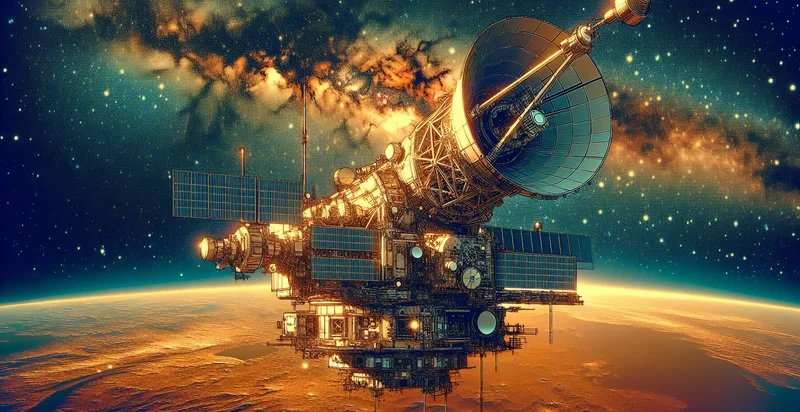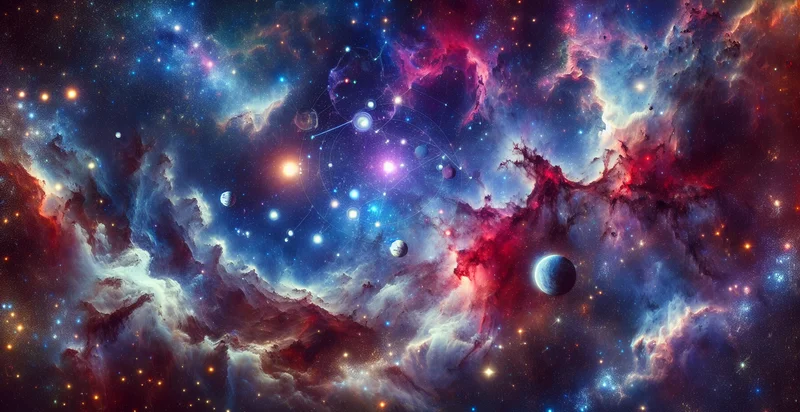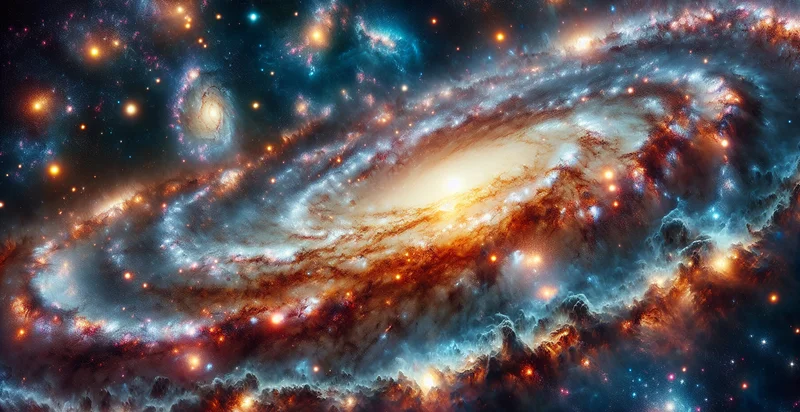Identify space telescope
using AI
Below is a free classifier to identify space telescope. Just upload your image, and our AI will predict what astronomical object it is - in just seconds.

Contact us for API access
Or, use Nyckel to build highly-accurate custom classifiers in just minutes. No PhD required.
Get started
import nyckel
credentials = nyckel.Credentials("YOUR_CLIENT_ID", "YOUR_CLIENT_SECRET")
nyckel.invoke("space-telescope", "your_image_url", credentials)
fetch('https://www.nyckel.com/v1/functions/space-telescope/invoke', {
method: 'POST',
headers: {
'Authorization': 'Bearer ' + 'YOUR_BEARER_TOKEN',
'Content-Type': 'application/json',
},
body: JSON.stringify(
{"data": "your_image_url"}
)
})
.then(response => response.json())
.then(data => console.log(data));
curl -X POST \
-H "Content-Type: application/json" \
-H "Authorization: Bearer YOUR_BEARER_TOKEN" \
-d '{"data": "your_image_url"}' \
https://www.nyckel.com/v1/functions/space-telescope/invoke
How this classifier works
To start, upload your image. Our AI tool will then predict what astronomical object it is.
This pretrained image model uses a Nyckel-created dataset and has 27 labels, including Argo, Ascot, Atalanta, Chandra, Euv, Fermi, Gaia, Hubble, Icp and Infrared Telescope.
We'll also show a confidence score (the higher the number, the more confident the AI model is around what astronomical object it is).
Whether you're just curious or building space telescope detection into your application, we hope our classifier proves helpful.
Related Classifiers
Need to identify space telescope at scale?
Get API or Zapier access to this classifier for free. It's perfect for:
- Astronomy Research Enhancement: The false image classification function can assist astronomers by filtering out non-relevant images from vast databases, thereby allowing researchers to focus on genuine celestial observations. This streamlining of the data allows for more efficient analysis of cosmic phenomena.
- Satellite Data Quality Control: Space agencies can use this function to automatically identify and discard false or corrupted images captured by satellites. This ensures that only high-quality data is utilized for climate monitoring, Earth observation, and other scientific analyses.
- Education and Outreach Programs: Educational platforms can integrate the function to accurately classify images for astronomy-related content, ensuring that students and enthusiasts receive authentic representations of celestial bodies. This enhances learning experiences and supports accurate knowledge dissemination.
- Spacecraft Navigation: The function can be employed in spacecraft systems to differentiate between real celestial images and misleading artifacts or noise during navigation maneuvers. Reliable image classification supports safe and accurate travel through space.
- Augmented Reality Applications: AR applications focused on stargazing can utilize this function to enhance the user experience by displaying only authentic celestial images. This allows users to explore and learn about the universe without confusion from misleading visuals.
- Space Tourism Marketing: Travel agencies can harness the image classification function to curate genuine images of space and celestial phenomena for marketing purposes. This ensures that promotional materials accurately represent experiences, drawing in potential customers interested in space tourism.
- Algorithm Training for AI Models: Developers can use the classified images to create training datasets that improve the accuracy of machine learning models designed for space exploration. By providing clean, labeled data, the function contributes to the development of more advanced and reliable AI systems in the aerospace sector.


